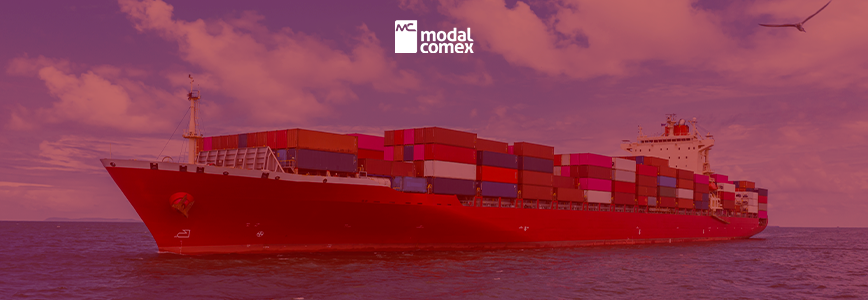Port of Santos LNG Regasification Terminal: A New Era of Development and Controversy

In Brazil’s vibrant port scene, a significant milestone was reached with the entry into operation of the Liquefied Natural Gas (LNG) regasification terminal at the Port of Santos. However, this milestone has not come without its share of controversy and challenges. On February 29, the tanker Höegh Giant, from Trinidad and Tobago, a country located in Central America, took the first step towards terminal operations, after approval by the Superior Court of Justice (STJ).
The STJ’s decision was a rejection of the request made by the Public Ministry of São Paulo (MPSP) to annul the licensing and authorizations granted by the supervisory bodies to the project. The MPSP raised concerns about possible environmental damage and risks to the neighboring population in the event of accidents, classifying the operation as potentially dangerous, which generated controversy in Baixada Santista.
The terminal, of the Floating Storage Regasification Unit (FSRU) type, is a floating regasification and storage unit. Anchored near Alemoa, outside the Organized Port, the São Paulo Regasification Terminal (TRSP) will be operated by the company Compass/Cosan. The terminal’s licensed capacity is 14 million cubic meters/day, with a storage capacity of 150 thousand cubic meters of gas, according to information available on the company’s website.
In 2018, the company declared that the LNG reception and storage system would be located near Largo do Canéu, close to Ilha dos Bagres. The gas would then be transported through a partially submerged pipeline, eight kilometers long, to Cubatão. The estimated investment at the time was R$354 million.
The safety of terminal operations was also the subject of analysis by the Brazilian Navy, which issued operational procedures to be followed by the TRSP, including specifications for ships that dock at the terminal, such as the FSRU and the LNG carrier (LNGC). These specifications aim to guarantee the safety of docking/undocking maneuvers, stipulating requirements such as the presence of tugboats, pilots and the interruption of the ferry crossing service during these operations.
The Environmental Company of the State of São Paulo (Cetesb), responsible for issuing environmental licenses, ensured that potential environmental impacts were duly analyzed and measures to mitigate them were incorporated into the project’s plans. The company highlighted the importance of complying with environmental requirements during the terminal’s operation, including the management of effluents and waste, monitoring the quality of water and fauna, among other aspects.
Although the terminal’s start of operations represents a milestone for the region’s economic development, it is not free from concerns and controversies. One of these concerns relates to the transport of ammonium nitrate, a substance often associated with safety risks. Although its movement has been taking place at the port for decades, some local communities still express concerns about the potential risks associated with this transport.
The president of the Santos Port Authority (APS), Anderson Pomini, defended the safety of the terminal’s operations, highlighting the rigor of environmental control bodies in granting licenses and highlighting the strategic importance of cargo movement for the national interest.
In short, the start of operations of the LNG regasification terminal at the Port of Santos represents a significant step towards regional and national economic development. However, ensuring environmental safety and mitigating potential risks are ongoing challenges that require collaboration from all parties involved, from regulatory authorities to local communities.


